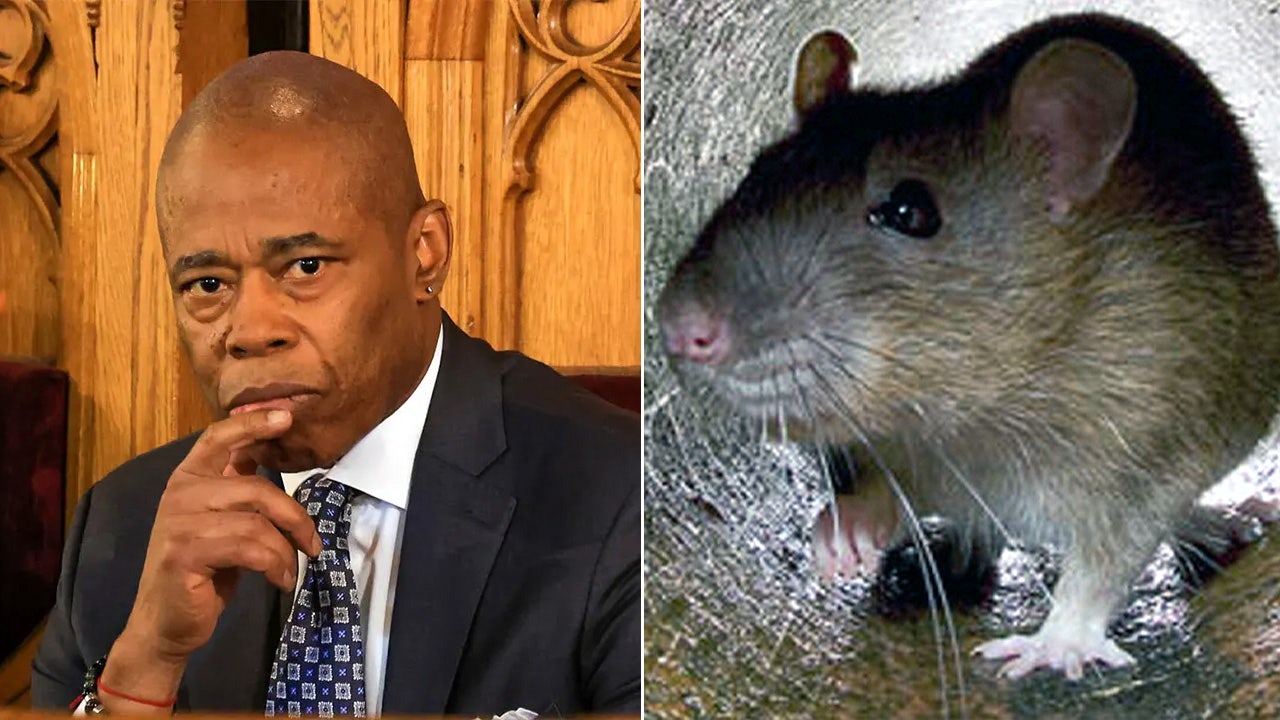Health
Sacklers Can Be Shielded From Opioid Liability, Appeals Court Rules

Members of the Sackler family, the billionaire owners of Purdue Pharma, will receive full immunity from all civil legal claims — current and future — over their role in the company’s prescription opioids business, a federal appeals court panel ruled on Tuesday.
The ruling gives the family the sweeping protection that it has been demanding for years, in exchange for payment of up to $6 billion of the family’s fortune to help address the ongoing ravages of the opioid crisis.
It removes a major hurdle for that money, plus the company’s initial outlay of $500 million, to be dispensed to states and communities for addiction treatment and prevention programs, needs that soared during an epidemic that has grown far beyond abuse of Purdue’s signature prescription painkiller drug, OxyContin.
Unless it is successfully appealed to the Supreme Court — an unlikely prospect, legal experts said — the new ruling will close the door on Purdue’s hotly contested bankruptcy restructuring, which began nearly four years ago. The bankruptcy is at the core of a plan intended to resolve thousands of opioid cases against the company nationwide, plus roughly 400 against individual Sackler family members.
According to the plan, Purdue would be restructured into a new entity called Knoa Pharma that will manufacture medications for addiction reversal and treatment as well as continue to produce other drugs, including OxyContin. It will be overseen by a public board. Over time, Knoa Pharma is expected to contribute at least many hundreds of millions dollars more to plaintiffs.
Some close observers of the Purdue case applauded the ruling, calling it a pragmatic reading that could now loosen up billions of dollars for states, local governments, tribes and individuals who sued Purdue for its early and aggressive role in marketing OxyContin as a nonaddictive pain treatment.
“It’s time to put this bankruptcy behind us. Victims have been waiting for too long to recover,” said Ryan Hampton, an advocate for opioid victims who served as the co-chairman of the Purdue creditor’s committee.
He added: “The system is far from perfect, but the true injustice will be if this victims’ settlement is held up any longer.”
But others said the Sacklers had received a significant pass. “Bankruptcy was not meant to be an alternative justice system for powerful corporations and their superrich owners. But that is the effect and perception when courts read the law to provide extraordinary protections well beyond what Congress authorized,” said Melissa B. Jacoby, a law professor at the University of North Carolina at Chapel Hill.
A bankruptcy filing typically puts a temporary halt on a company’s creditors, including on lawsuits. The major issue in this case was that even though Purdue had filed for bankruptcy, the Sacklers, as individuals, had not. As a result, plaintiffs who fought the plan contended, the Sacklers should not receive the benefit of their company’s liability protection.
The Sacklers stepped down from Purdue’s board of directors in 2018 and have had no direct involvement in the company since then.
Judge Eunice C. Lee of the United States Court of Appeals for the Second Circuit, who wrote Tuesday’s opinion for a three-judge panel, found that the bankruptcy code permits corporate owners who haven’t filed for personal bankruptcy to receive liability protection under certain circumstances.
“Bankruptcy is inherently a creature of competing interests, compromises, and less than perfect outcomes,” she wrote. “Because of these defining characteristics, total satisfaction of all that is owed — whether in money or in justice — rarely occurs.”
Quoting from a bankruptcy ruling in a 2019 case that did not involve Purdue, Judge Lee also stressed that the releases granted to the Sacklers “‘are not a merit badge that somebody gets in return for making a positive contribution to a restructuring,’ nor are they ‘a participation trophy’ or a ‘gold star for doing a good job.’”
The Sacklers’ liability protection does not extend to criminal prosecutions, should any ever be filed.
Purdue filed for bankruptcy in September 2019, as the rising opioid cases against the company turned into a torrent.
Tuesday’s ruling came more than a year after oral arguments before the Second Circuit panel. As months passed, thousands of litigants expressed growing frustration that the case remained unresolved, with promised payments held in abeyance even as the opioid epidemic itself, now marked by fentanyl use, continued to surge.
The ruling was a win for Purdue, which appealed a decision by a federal district judge who had overturned a settlement that had originally been approved by a bankruptcy court judge in 2021. But most of the parties that had appealed the 2021 plan eventually wound up dropping their objections, after the Sacklers increased their payout offer by roughly $1.73 billion.
The only objectors who remain include several Canadian municipalities, a few individuals and the U.S. Trustee, a Justice Department program that is the watchdog of the bankruptcy system. Ms. Jacoby, the North Carolina law professor, said that because the last objecting states had agreed to the Purdue plan, the U.S. Trustee’s argument for pursuing the case would not be robust.
The U.S. Trustee declined to comment on Tuesday’s ruling.
In a statement after the ruling was issued, Purdue called the decision “a victory for Purdue’s creditors, including the states, local governments and victims who overwhelmingly support the plan of reorganization.”
“Our focus going forward is to deliver billions of dollars of value for victim compensation, opioid crisis abatement and overdose rescue medicines,” the statement continued. “Our creditors understand the plan is the best option to help those who need it most, the most fair and expeditious way to resolve the litigation and the only way to deliver billions of dollars in value specifically to fund opioid crisis abatement efforts.”
The families of two founding brothers of Purdue, Dr. Mortimer Sackler and Dr. Raymond Sackler, both deceased, said in a joint statement: “The Sackler families believe the long-awaited implementation of this resolution is critical to providing substantial resources for people and communities in need. We are pleased with the Court’s decision to allow the agreement to move forward and look forward to it taking effect as soon as possible.”

Health
Half of Americans not equipped to provide life-saving treatment in a crisis, poll finds

Only half the people in the U.S. feel they could be helpful in an emergency situation, a new poll found.
The Ohio State University Wexner Medical Center surveyed a national sample of 1,005 Americans, finding that only 51% of them knew how to perform hands-only CPR if needed.
In cases of serious bleeding, only 49% said they could assist, and 56% said they would be equipped to help someone who was choking.
The data was collected via phone and email from April 5 to April 7 of this year.
KIDS AS YOUNG AS 4 YEARS OLD CAN BEGIN TO LEARN MEDICAL EMERGENCY TRAINING: NEW REPORT
“The key takeaways from our survey are that patient outcomes would improve if the general public learned some basic life-saving measures in the areas of hands-only CPR, choking rescue and bleeding control,” Nicholas Kman, M.D., emergency medicine physician at Ohio State Wexner Medical Center and clinical professor of emergency medicine at The Ohio State University College of Medicine, told Fox News Digital.
“We can save lives while we wait for first responders to arrive.”
Only half the people in the U.S. feel they could be helpful in an emergency situation, a new poll has found. (iStock)
“For every minute that passes, the chance of survival drops, and if they do survive, there’s less chance of a good neurologic outcome.”
Data shows that 70% to 80% of cardiac arrests occur in the home and 20% happen in a public place, according to Kman.
HELP DESPERATELY NEEDED: AMERICAN HEART ASSOCIATION LAUNCHES ‘NATION OF LIFESAVERS’ PROGRAM
“Outcomes are poor when the arrest is unwitnessed at home,” he told Fox News Digital.
“Just think, the person with the medical emergency could be your loved one in your house. You may have to provide life-saving treatment until first responders arrive.”

Data shows that 70% to 80% of cardiac arrests occur in the home and 20% happen in a public place, a researcher said. (iStock)
Based on the survey findings, Kman advised the public to get trained in life-saving measures — particularly hands-only CPR, choking and serious bleeding.
“Look for training that may be offered through community days at hospitals, schools, libraries, community organizations, religious institutions, volunteer groups, festivals and sporting events,” he suggested.
“We’re responsible for each other.”
Organizations and websites such as the American Red Cross, the American Heart Association and Stop The Bleed may offer these courses for free or low cost, Kman noted.
After learning the skills, it’s important to practice them, the doctor said.
“We would love the public to learn how to do hands-only CPR and practice the skill of doing CPR every six weeks,” Kman said.
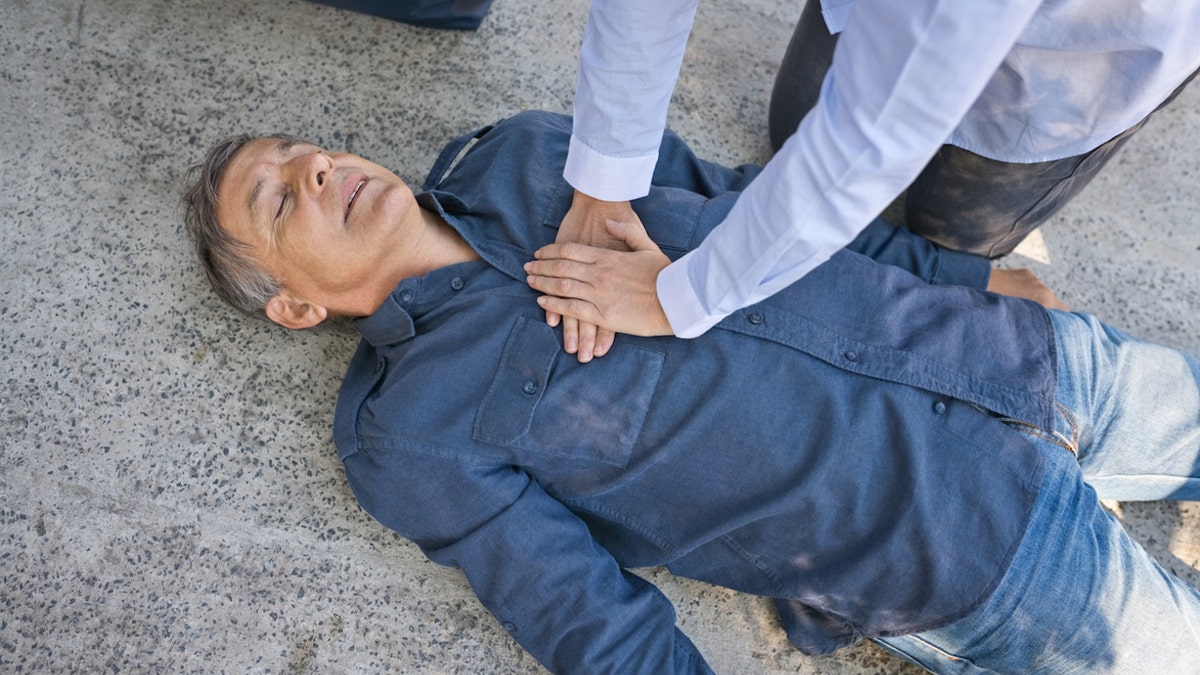
Based on the survey findings, researchers advised people to get trained in life-saving measures, particularly hands-only CPR, choking first-aid and serious bleeding assistance. (iStock)
“As with any skill, practice builds confidence. If we don’t practice it, we lose that skill.”
The OSU survey did have some limitations, Kman acknowledged.
“The survey was a convenience sample of a cross-section of Americans,” he told Fox News Digital.
HEART ATTACKS MORE LIKELY DURING PRESIDENTIAL ELECTIONS AND OTHER STRESSFUL TIMES, STUDY SHOWS
“Most demographics were equally represented, but different regions do better at this than others, and their cardiac arrest results and survival reflect that,” he continued.
“States and countries that prioritize training the public have higher survival rates.”
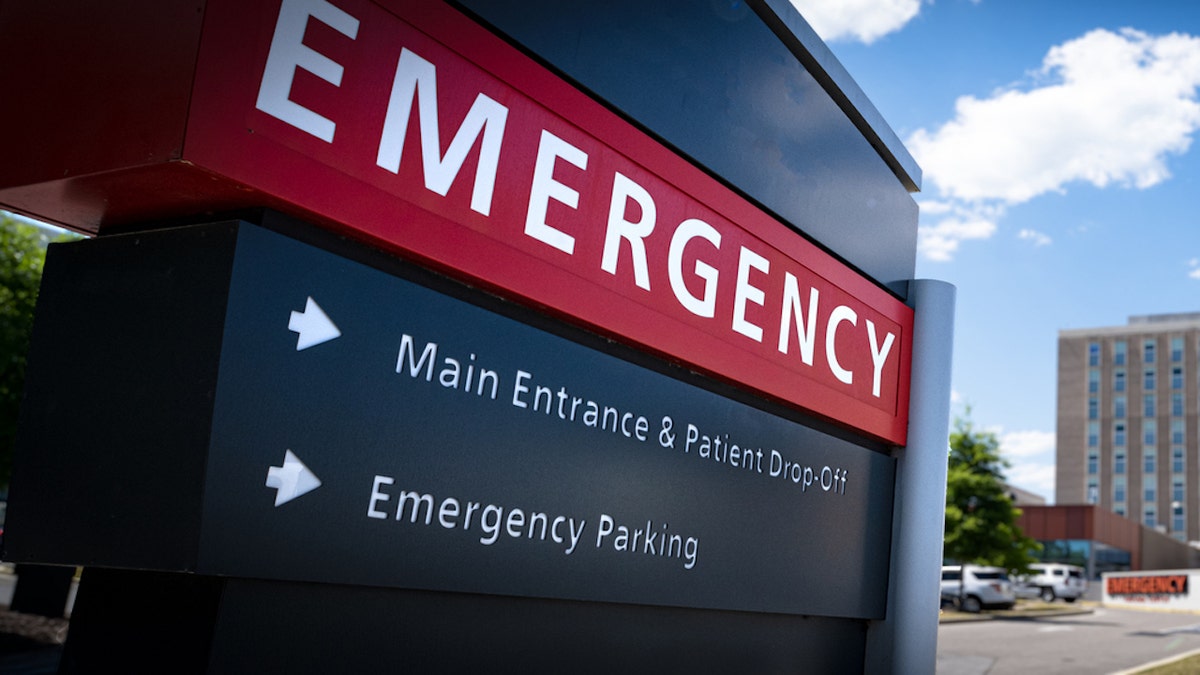
“When you’re trained in these lifesaving skills, you’ll know how to recognize the signs that someone needs help and buy time until the [first] responders can get there,” a doctor said. (iStock)
Dr. Kenneth Perry, an emergency department physician in South Carolina, was not involved in the survey but said he was surprised that more people don’t feel unprepared.
“Even for medical professionals, having a medical emergency occur without preparation can be a very stressful event,” he told Fox News Digital.
“It is very important for people to have basic lifesaving skills.”
“It is very important for people to have basic lifesaving skills.”
The easiest and most helpful skill that people should learn is how to operate an automated external defibrillator (AED). These are located in many public places, such as gyms, malls and even some public walkways, according to Perry.
“These devices are the best way to save a person who is suffering from cardiac arrest,” he said.
CLICK HERE TO SIGN UP FOR OUR HEALTH NEWSLETTER
“If the person has an abnormal heart rhythm that can be brought back to normal with electricity, this device will save that patient.”
This is a very time-sensitive process, however — it must happen as early as possible, the doctor advised.
“Early defibrillation is directly correlated with the best outcomes for patients who suffer an out-of-hospital cardiac arrest.”
Ultimately, Kwan, said, “we’re responsible for each other.”
“When you’re trained in these lifesaving skills, you’ll know how to recognize the signs that someone needs help and buy time until the responders can get there.”
For more Health articles, visit www.foxnews.com/health.
Health
Second American contracts bird flu tied to dairy cows as CDC says risk of infection still low
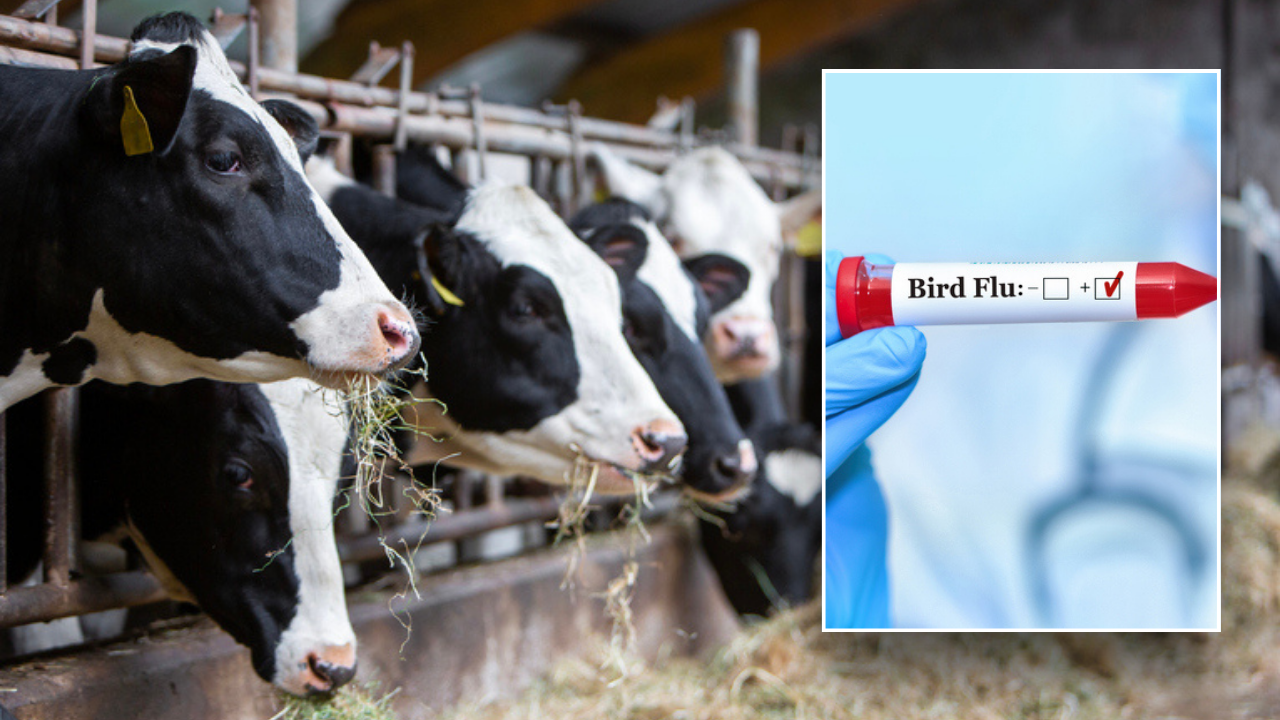
CDC issues alert over bird flu case
Fox News medical contributor Dr. Marc Siegel on what to know about bird flu and why it is important to not look directly at the solar eclipse without proper glasses
The Centers for Disease Control and Prevention (CDC) announced Wednesday that a second H5N1 bird flu case has been identified by officials.
A 55-year-old Michigan dairy worker became ill after working with H5N1-infected cattle, the CDC said in a press release. While an upper respiratory tract sample tested negative, a specimen from his eye confirmed the H5N1 bird flu infection.
A Texas farm worker was diagnosed with the disease in March. Both the Michigan and Texas patients suffered from conjunctivitis, or pink eye. Neither showed signs of a respiratory infection.
“Conjunctivitis (eye infection) has been associated with previous human infections with avian influenza A viruses and is part of the current CDC case definition for A(H5N1) surveillance,” the CDC explained in a Wednesday press release.
VIRAL ‘HOSTAGE TAPE’ SLEEPING TREND GAINS STEAM AS DOCTORS WARN OF POTENTIAL DANGERS
At least two farm workers have been infected with H5N1 bird flu this year. (iStock)
“While it’s not known exactly how eye infections result from avian influenza exposures, it may be from contamination of the eye(s), potentially with a splash of contaminated fluid, or touching the eye(s) with something contaminated with A(H5N1) virus, such as a hand.”
The Texas case marked the first human case of H5N1 bird flu in the United States. Globally, it was the first time a human caught H5 bird flu from a cow.
The United States Department of Agriculture (USDA) has found that at least 49 dairy herds across nine states have been exposed to H5N1. On Wednesday, the CDC maintained that the health risk that H5N1 bird flu poses to humans is still low.
THREE WOMEN — AGES 41, 55 AND 64 — SHARE THEIR SECRETS TO BETTER HEALTH AND LONGEVITY
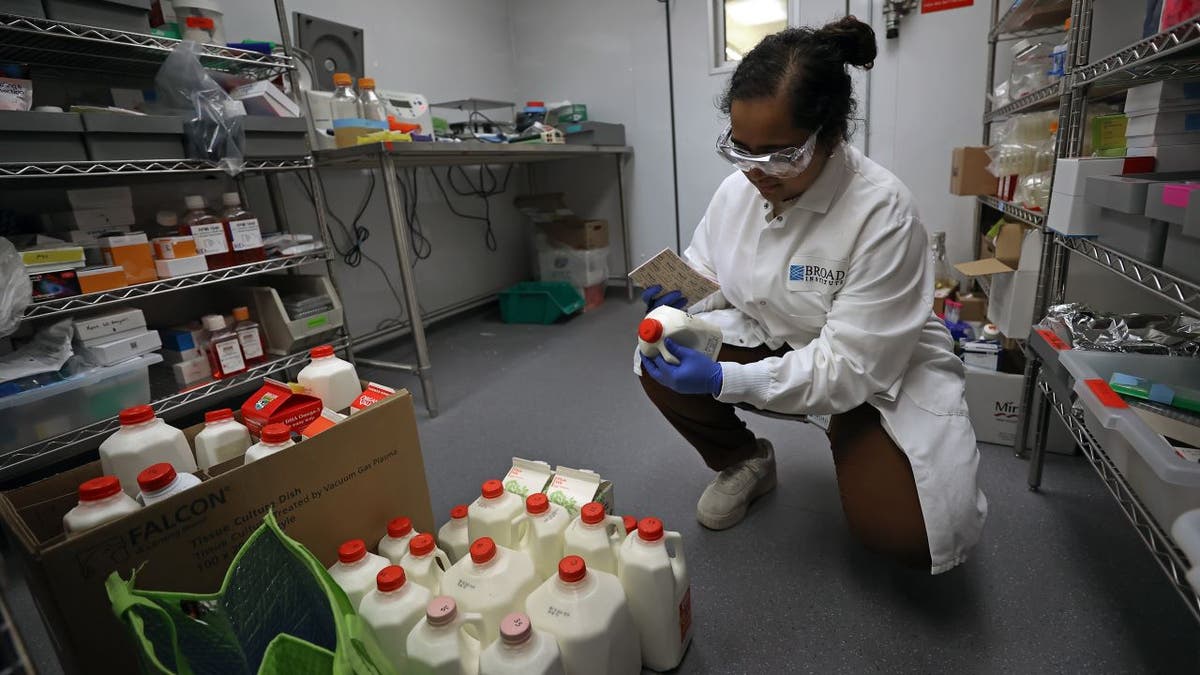
Fatinah Albeez, a research associate with the Broad Institute’s Sabeti lab, works with milk samples in May 2024. (David L. Ryan/The Boston Globe via Getty Images)
“Based on the information available, this infection does not change CDC’s current H5N1 bird flu human health risk assessment for the U.S. general public, which the agency considers to be low.,” the CDC said. “However, this development underscores the importance of recommended precautions in people with exposure to infected or potentially infected animals.”
Officials are still monitoring the outbreak, but maintain that pasteurized milk is safe to drink.
“I can say without reservation that our commercial milk and meat supplies are safe,” USDA official Eric Deeble said during a briefing on May 16. “At no time were animals that are sick from H5N1 or any other animal disease permitted to enter into our food supply.”
CLICK HERE TO SIGN UP FOR OUR HEALTH NEWSLETTER
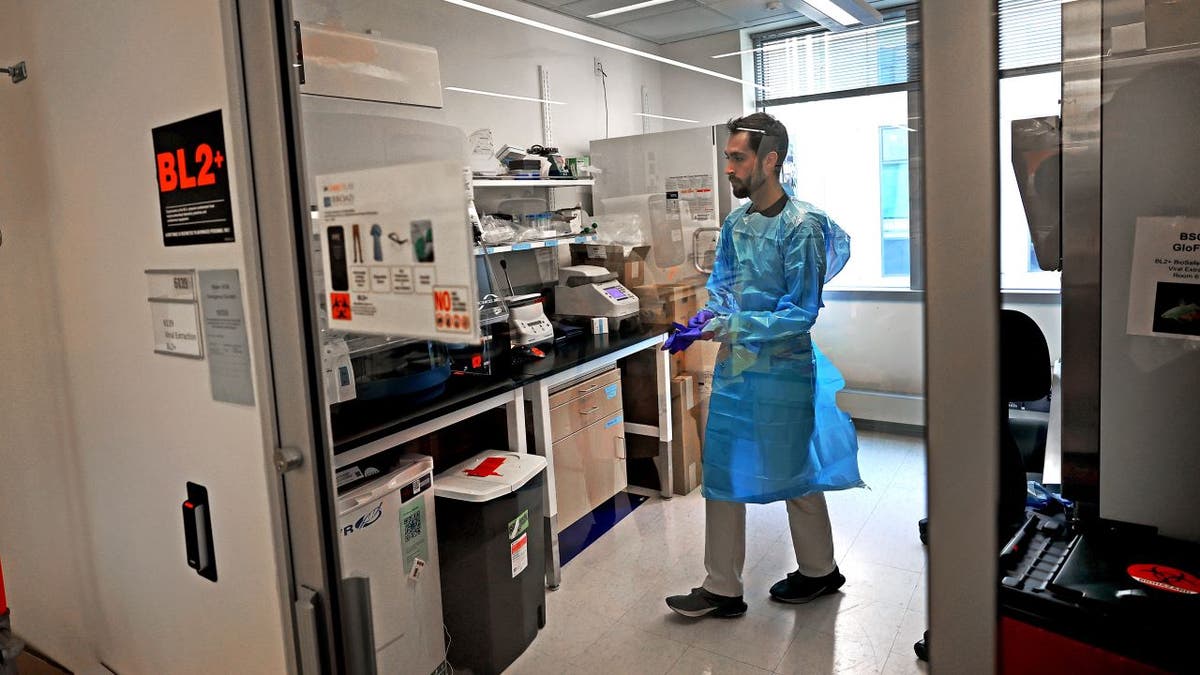
Jon Arizti Sanz, PhD, Postdoctoral Fellow working in the lab to test bird flu samples in May 2024.
The CDC is encouraging Americans to avoid exposure to dead animals and animal waste. Officials also discourage drinking raw milk.
“Following these recommendations is central to reducing a person’s risk and containing the overall public health risk,” the organization advised.
Fox News Digital’s Melissa Rudy contributed to this report.
For more Health articles, visit www.foxnews.com/health.
Health
Heart attacks during election year, plus lupus myths and life support decisions
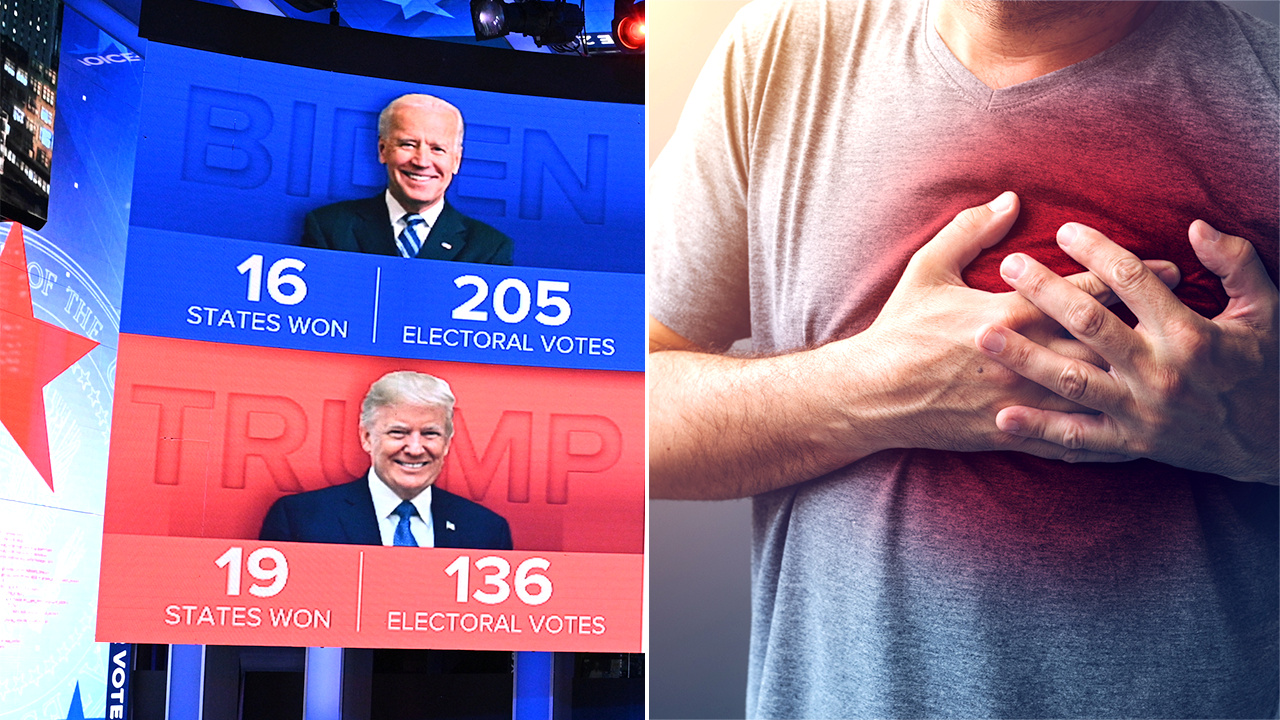
People with high stress sensitivity, anxiety or depression are at a “significantly higher heart attack risk” during periods of social or political stress, a study found. (Lorenzo Bevilaqua/ABC via Getty Images; iStock)
STRESS TEST – Heart attack risk spikes for some people during periods of stress, such as election seasons, a new study found. Continue reading…
IRREVERSIBLE DECISIONS – Many patients who died after traumatic brain injuries may have survived and recovered if their families had waited to take them off life support, a new study found. Doctors react. Continue reading…
‘NOT A DEATH SENTENCE’ – For Lupus Awareness Month, a lupus expert debunks 7 common myths about the autoimmune disease. Continue reading…
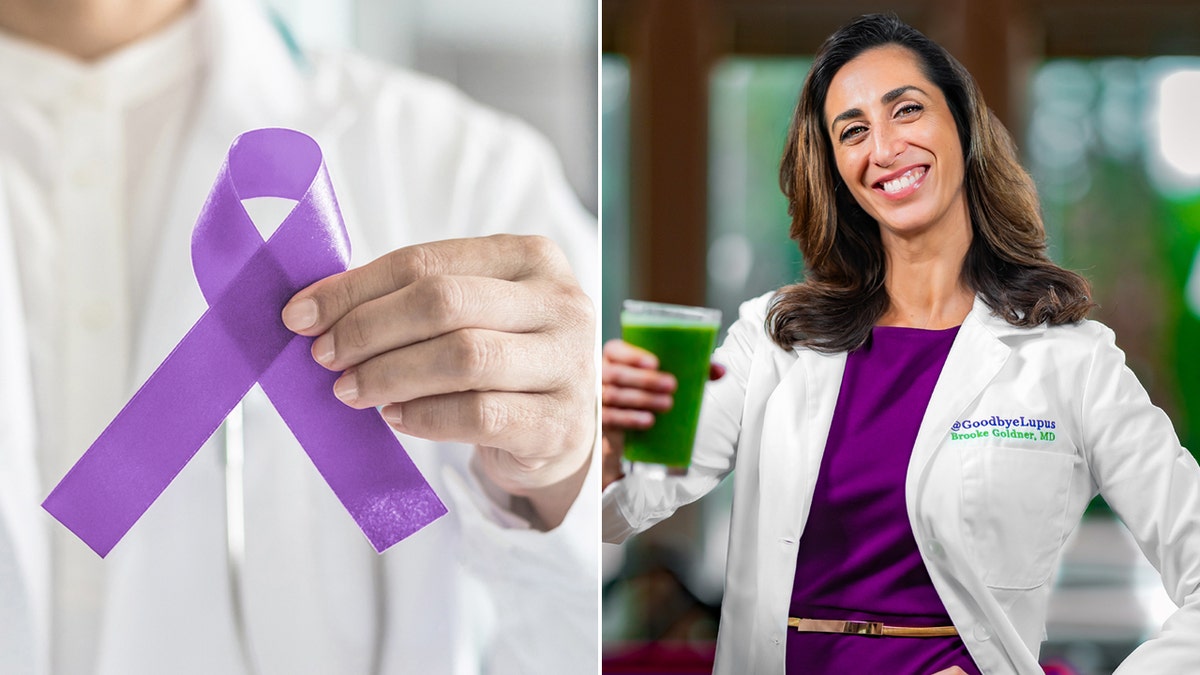
Dr. Brooke Goldner, a board-certified medical doctor and an autoimmune professor at Cornell University, pictured at right, is committed to debunking lupus myths and misconceptions. (iStock/Dr. Brooke Goldner)
CHEW ON THIS – “Is it dangerous to swallow gum?” In our Ask a Doc column, a gastroenterologist explains the risk. Continue reading…
NIGHTMARISH SYMPTOMS – Those who experience vivid nightmares and odd hallucinations might have an underlying autoimmune disease, a new study suggests. Continue reading…
LIVING LONGER – For Women’s Health Month, three mothers at three different stages of life shared how they are defying age through simple lifestyle practices and interventions. Continue reading…
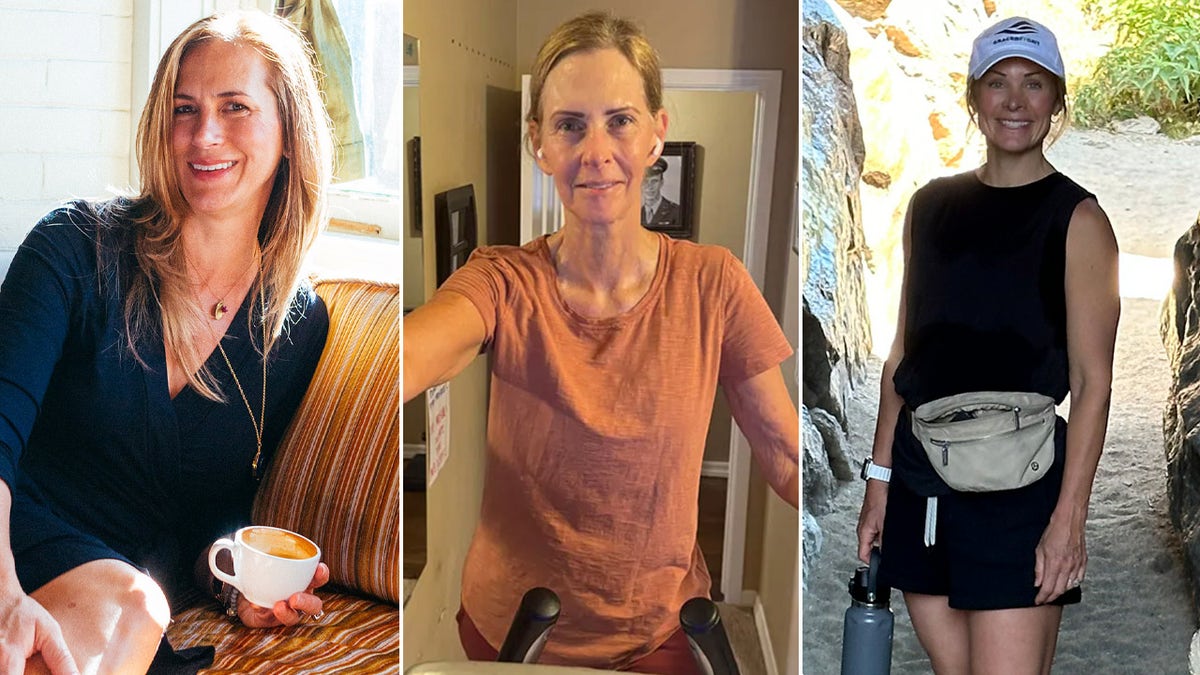
Left to right, Julie Gibson Clark, Amy Hardison and Lil Eskey shared the lifestyle habits that help them slow down biological aging. (James Lee, Amy Hardison, Lil Eskey)
NEW HOPE – Paralyzed participants in a trial saw “significant improvement” in their hand and arm function after receiving spinal cord simulation. Continue reading…
CHEMICAL CULPRITS – Americans may be breathing in cancer-causing chemicals while driving, recent research suggests. Doctors weigh in on the potential risk. Continue reading…
CAUTIONARY TALES – This May, for Skin Cancer Awareness Month, two melanoma patients are sharing their stories of how they overcame this invasive form of the disease. Continue reading…
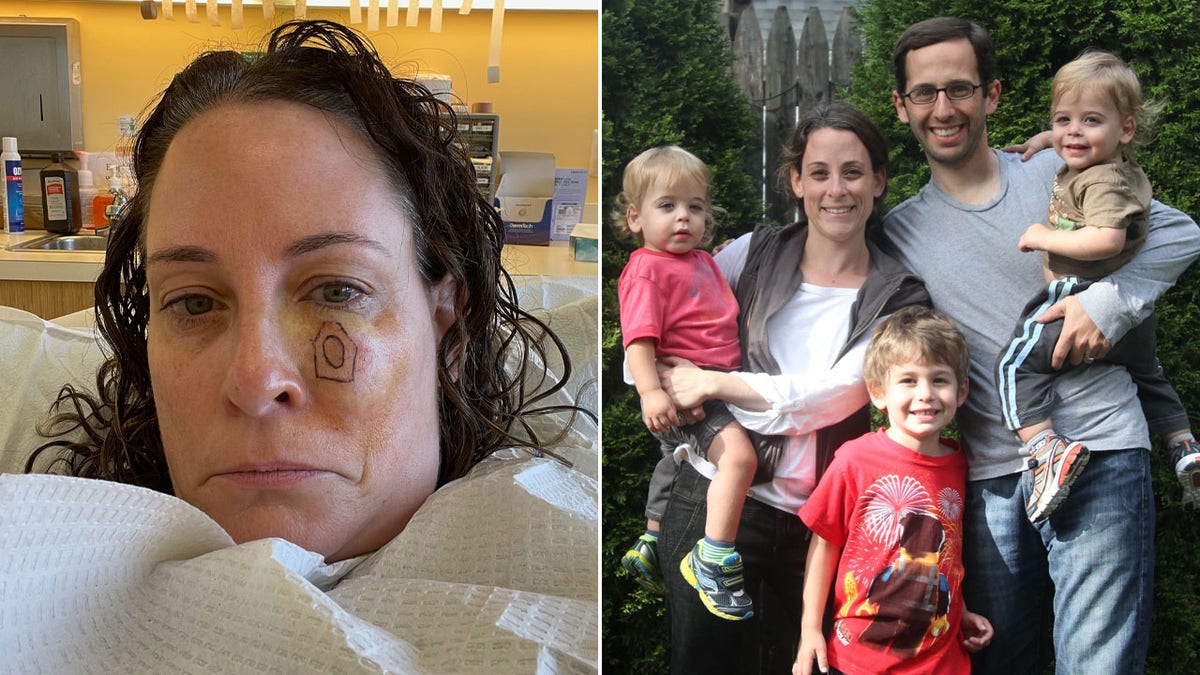
Abby Weiner, pictured at left and at right with her husband and sons, was diagnosed with melanoma in Oct. 2023. (Abby Weiner)
FOLLOW FOX NEWS ON SOCIAL MEDIA
YouTube
SIGN UP FOR OUR NEWSLETTERS
Fox News First
Fox News Opinion
Fox News Lifestyle
Fox News Health
Fox News Autos
Fox News Entertainment (FOX411)
DOWNLOAD OUR APPS
Fox News
Fox Business
Fox Weather
Fox Sports
Tubi
WATCH FOX NEWS ONLINE
Fox News Go
STREAM FOX NATION
Fox Nation
-

 World1 week ago
World1 week agoPro-Palestinian university students in the Netherlands uphold protest
-

 Politics1 week ago
Politics1 week agoReports of Biden White House keeping 'sensitive' Hamas intel from Israel draws outrage
-

 Politics1 week ago
Politics1 week agoSouthern border migrant encounters decrease slightly but gotaways still surge under Biden
-

 Politics1 week ago
Politics1 week agoWhite House walks diplomatic tightrope on Israel amid contradictory messaging: 'You can't have it both ways'
-

 Politics1 week ago
Politics1 week agoDem newcomer aims for history with primary win over wealthy controversial congressman
-

 World1 week ago
World1 week agoSlovakia PM Robert Fico in ‘very serious’ condition after being shot
-
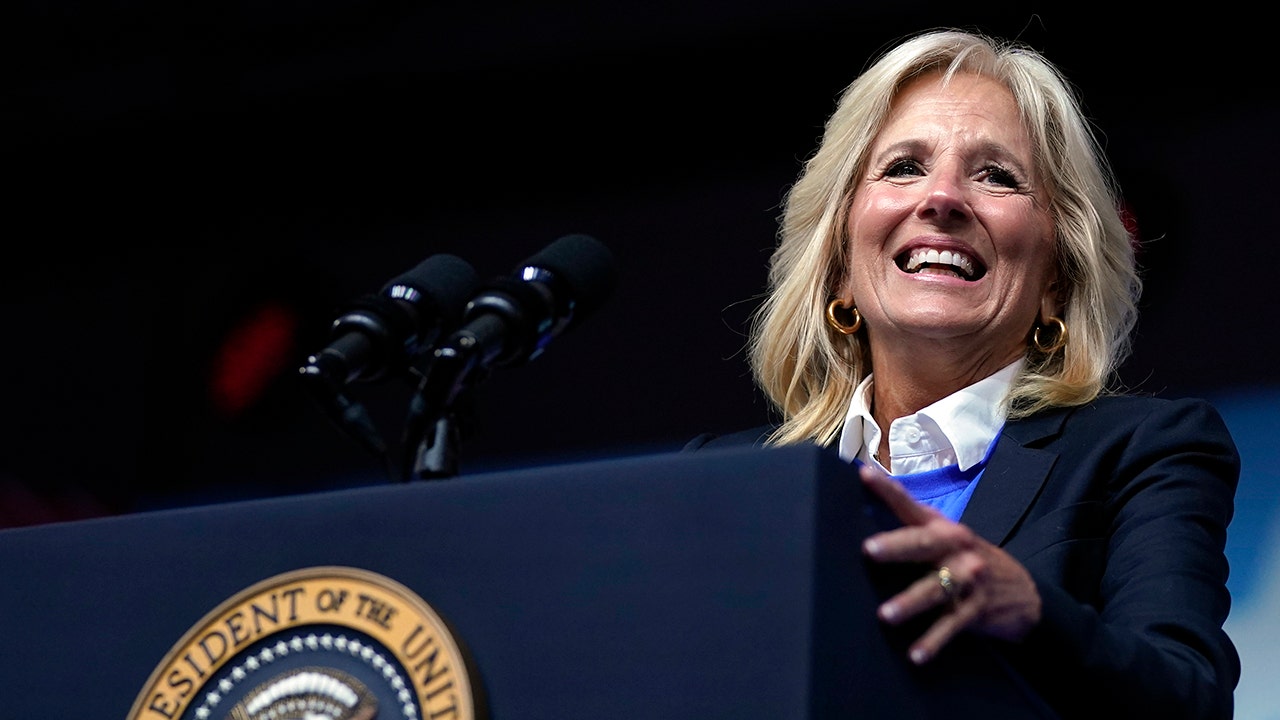
 Politics1 week ago
Politics1 week agoJill Biden tells Arizona college graduates 'community colleges should be free in America'
-

 News1 week ago
News1 week agoDespite state bans, abortions nationwide are up, driven by telehealth













